Nepal Local Guided Tour Best Time, Season, and Months
The best time to take the Nepal Local Guided Tour is during the autumn and spring seasons. The weather during these seasons is mild and pleasant, making it ideal for sightseeing and outdoor activities.
Autumn Season (September-November) is considered the best time to visit Nepal, with clear skies, mild temperatures, and post-monsoon greenery making it an ideal time for sightseeing. During this season, the weather is stable, and you can expect sunny days with minimal rainfall. The visibility is also excellent, making it perfect for mountain views and photography.
Spring Season (March-May) is another popular time to visit Nepal, with warm temperatures and colorful flowers blooming throughout the country. The weather is dry, and the skies are clear, making it ideal for outdoor activities. During this season, the Rhododendrons and other wildflowers are in full bloom, making it a great time for nature lovers and photographers.
It’s worth noting that the weather conditions can vary significantly depending on the region you are visiting. For example, the weather in the mountainous regions can be more extreme than in the lowlands. Therefore, it’s essential to research the weather conditions for the specific destinations included in the tour and plan accordingly.
Food or Meal Availability on Nepal Local Guided Tour
Food is an essential aspect of any travel experience, and Nepal is no exception. The Nepal Local Guided Tour includes meals during the trip, so you don’t have to worry about food availability during your tour. The tour includes 11 breakfasts, 9 lunches, and 11 dinners. The meals are typically Nepalese cuisine, which includes a variety of vegetarian and non-vegetarian dishes. Nepalese food is known for its rich flavors and spices, and the meals served during the tour are no exception.
Some of the popular Nepalese dishes that you might expect to try during the tour include:
Dal Bhat: A traditional Nepalese dish made of lentil soup and rice, served with vegetable curry and pickles.
Momo: A type of steamed or fried dumpling filled with vegetables or meat.
Thukpa: A hearty noodle soup with vegetables or meat.
Newari Khaja Set: A platter of assorted Newari dishes, including buffalo meat, beaten rice, and spicy potato salad.
Chhwela: Spiced meat that’s marinated and grilled, served with puffed rice.
Vegetarian and vegan options are also available for those with dietary restrictions. The tour also includes a welcome and farewell dinner, where you can try some of the best Nepalese dishes and interact with fellow travelers. It’s important to note that the food quality and hygiene standards may vary depending on the place you are visiting. However, we choose the best and most hygienic restaurants for our customers to ensure safety and satisfaction.
Accommodation Facility on Nepal Local Guided Tour
Accommodation is a crucial aspect of any tour package, and the Nepal Local Guided Tour includes comfortable and convenient accommodations throughout the trip. The tour includes accommodation in three-star or equivalent hotels, lodges, and resorts, depending on the location. The hotels and lodges are chosen for comfort, convenience, and location, ensuring that you have a pleasant stay during the tour.
In Kathmandu, the tour typically includes a stay in a centrally located hotel, providing easy access to the city’s attractions. The hotels in Kathmandu offer modern amenities, such as air-conditioning, free Wi-Fi, and en-suite bathrooms.
In Nagarkot: Nagarkot is nice hill station of Kathmandu Valley which is best place to take fresh air and great Himalayan views with sunrise and sunset tour. Here is we provide nice air condition room with breakfast which depend on your booking condition as Budget, Deluxe or Luxurious Accommodations.
In Chitwan, the tour typically includes a stay in a jungle lodge or resort, providing a unique and immersive experience of staying close to nature. The lodges and resorts in Chitwan offer comfortable rooms, restaurants, and facilities, such as nature walks, jungle safaris, and cultural performances.
In Pokhara, the tour typically includes a stay in a lakeside hotel, offering stunning views of the surrounding mountains and the lake. The hotels in Pokhara offer comfortable rooms, restaurants, and facilities, such as swimming pools and spas.
In Lumbini: Lumbini is birth place of Lord Buddha, it has contained more than 30 countries monasteries to visit and historical temple of Mayadevi and Ashoka Pillar. Accommodation are based in categories as Budget, Deluxe and Luxury, rooms are on BB basis.
It’s worth noting that the accommodation may vary depending on the availability and the season. However, Green Valley Nepal Treks typically choose the best and most convenient accommodations for its customers to ensure comfort and satisfaction.
Requirements of Travel Insurance for the Nepal Local Guided Tour
Travel insurance is an essential aspect of any travel experience, and the Nepal Local Guided Tour requires that all travelers have adequate travel insurance coverage for the duration of the tour. Here are some requirements of travel insurance for the Nepal Local Guided Tour:
Medical Coverage: The travel insurance policy must provide adequate medical coverage for emergency medical treatment and hospitalization expenses. The coverage should include emergency medical evacuation, ambulance services, and repatriation of remains.
Trip Cancellation and Interruption Coverage: The policy should provide coverage for trip cancellation, interruption, or delay due to unforeseen circumstances, such as severe weather, natural disasters, or personal emergencies.
Personal Liability Coverage: The policy should provide coverage for personal liability, including accidental injury or damage caused to third parties or property.
Adventure Activities Coverage: The Nepal Local Guided Tour includes adventure activities, such as trekking, jungle safaris, and white-water rafting. Therefore, the policy should provide coverage for adventure activities to ensure that you are covered in case of any accidents or injuries.
24/7 Emergency Assistance: The policy should provide 24/7 emergency assistance services, including medical advice, emergency evacuation, and repatriation services.
It’s important to note that the travel insurance policy must be valid for the duration of the tour, including any pre-or post-tour activities. We typically recommend purchasing travel insurance from a reputable insurance provider and verifying the policy’s coverage and benefits before purchasing it.
Nepal Local Guided Tour Packing List, Gears, and Equipment
When taking the Nepal Local Guided Tour, it’s essential to pack wisely to ensure that you have everything you need for a comfortable and enjoyable trip. Here’s a packing list that can help you prepare for the tour:
Clothing:
Lightweight, breathable clothing for the day
Warm clothes for the evenings and mornings
Waterproof and windproof jacket or poncho
Comfortable walking shoes
Sandals or flip-flops
Accessories:
Sun hat or cap
Sunglasses
Scarf or bandana
Gloves and a warm hat (if you’re traveling during the colder months)
Insect repellent
Sunscreen and lip balm with SPF
Personal medication and first aid kit
Hand sanitizer and wet wipes
Reusable water bottle
Electronics:
Camera and charger
Mobile phone and charger
Power bank
Adapters for Nepal’s electrical outlets
Other Essentials:
Passport and visa (if required)
Cash and credit cards
Travel insurance documents
Guidebook or map
Waterproof bag for your electronics and documents
It’s important to pack light and only bring the essentials. You will have to carry your luggage during the trip, and excessive baggage can be a burden. Additionally, it’s worth noting that the packing list may vary depending on the season and the itinerary. Therefore, it’s important to check with your tour operator regarding the specific packing requirements for your trip.



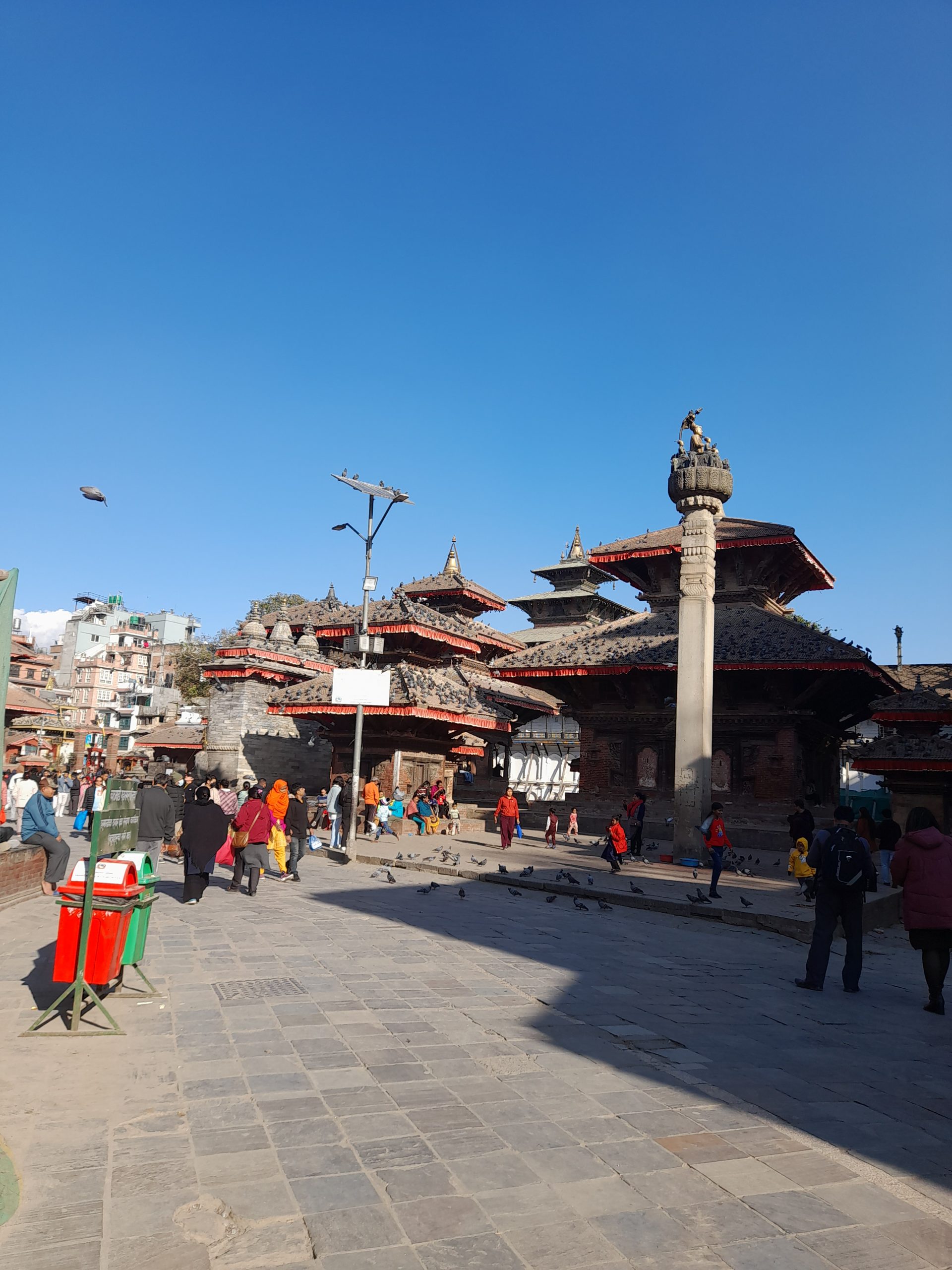 Kathmandu & Pokhara Tour 5 Days
Kathmandu & Pokhara Tour 5 Days
 Best Nepal Tour 9 days
Best Nepal Tour 9 days
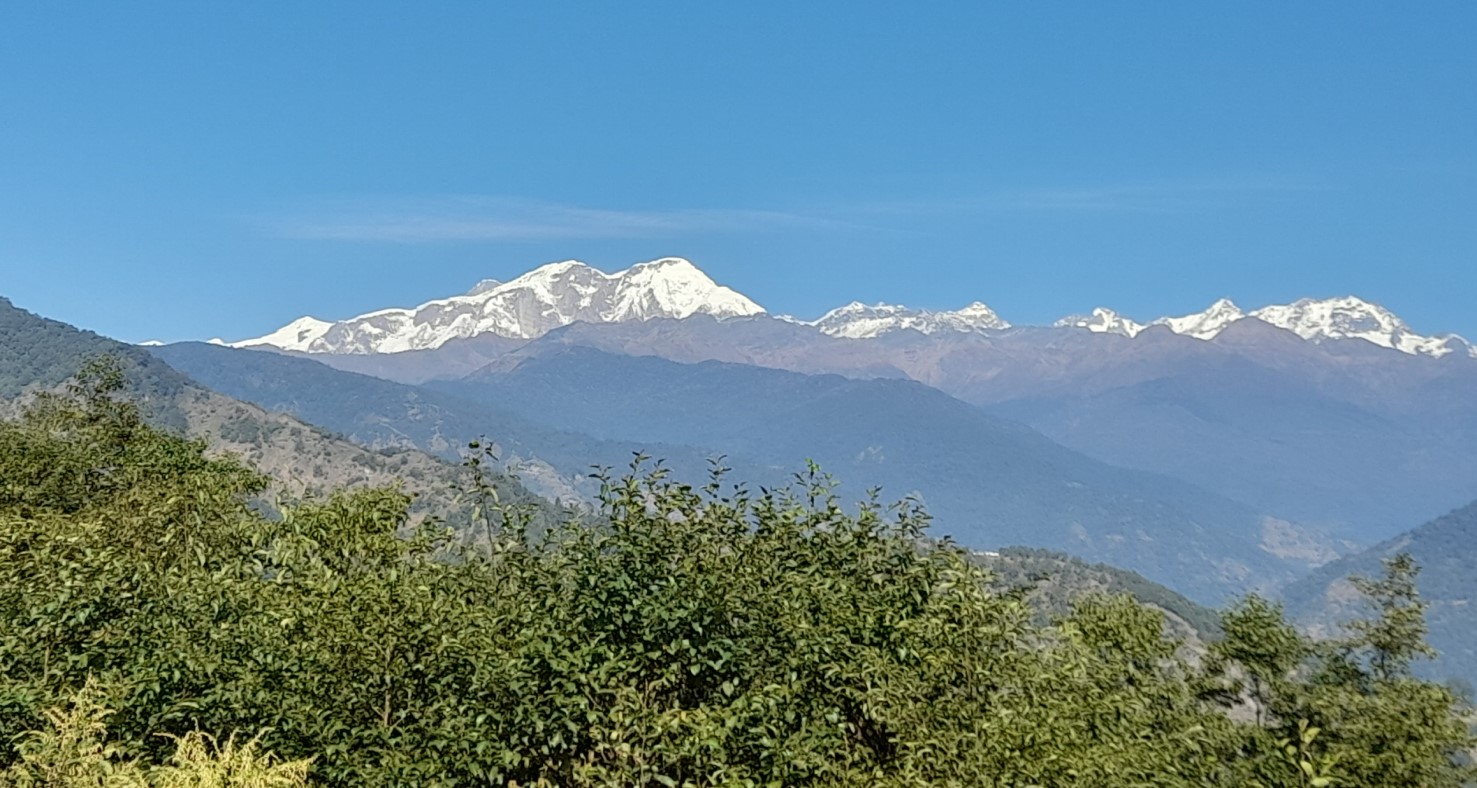 Nepal Exotic Tour Package 13 days
Nepal Exotic Tour Package 13 days
 Transportation Services in Nepal
Transportation Services in Nepal
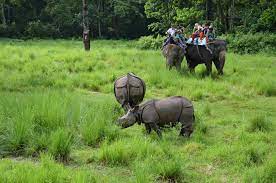 Kathmandu and Chitwan Holidays – 6 days
Kathmandu and Chitwan Holidays – 6 days
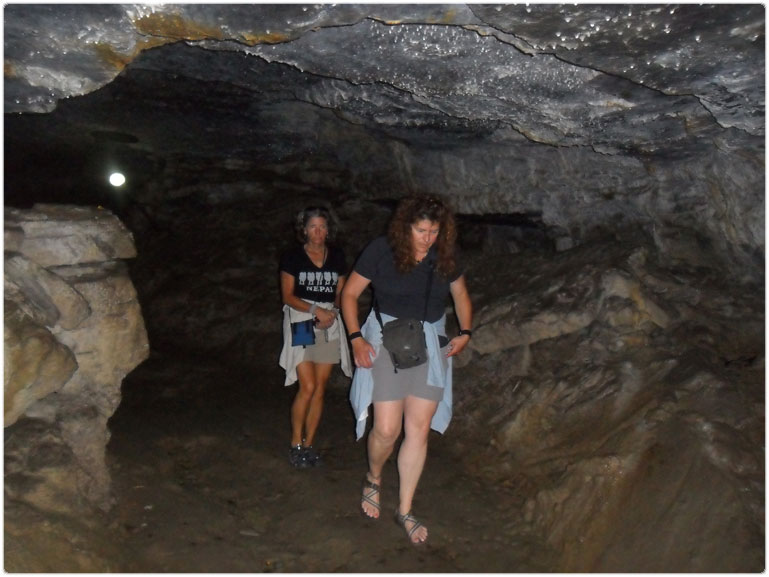 Kathamndu and Pokhara Holidays – 6 days
Kathamndu and Pokhara Holidays – 6 days
 Winter Vacation Tour – 12 days
Winter Vacation Tour – 12 days
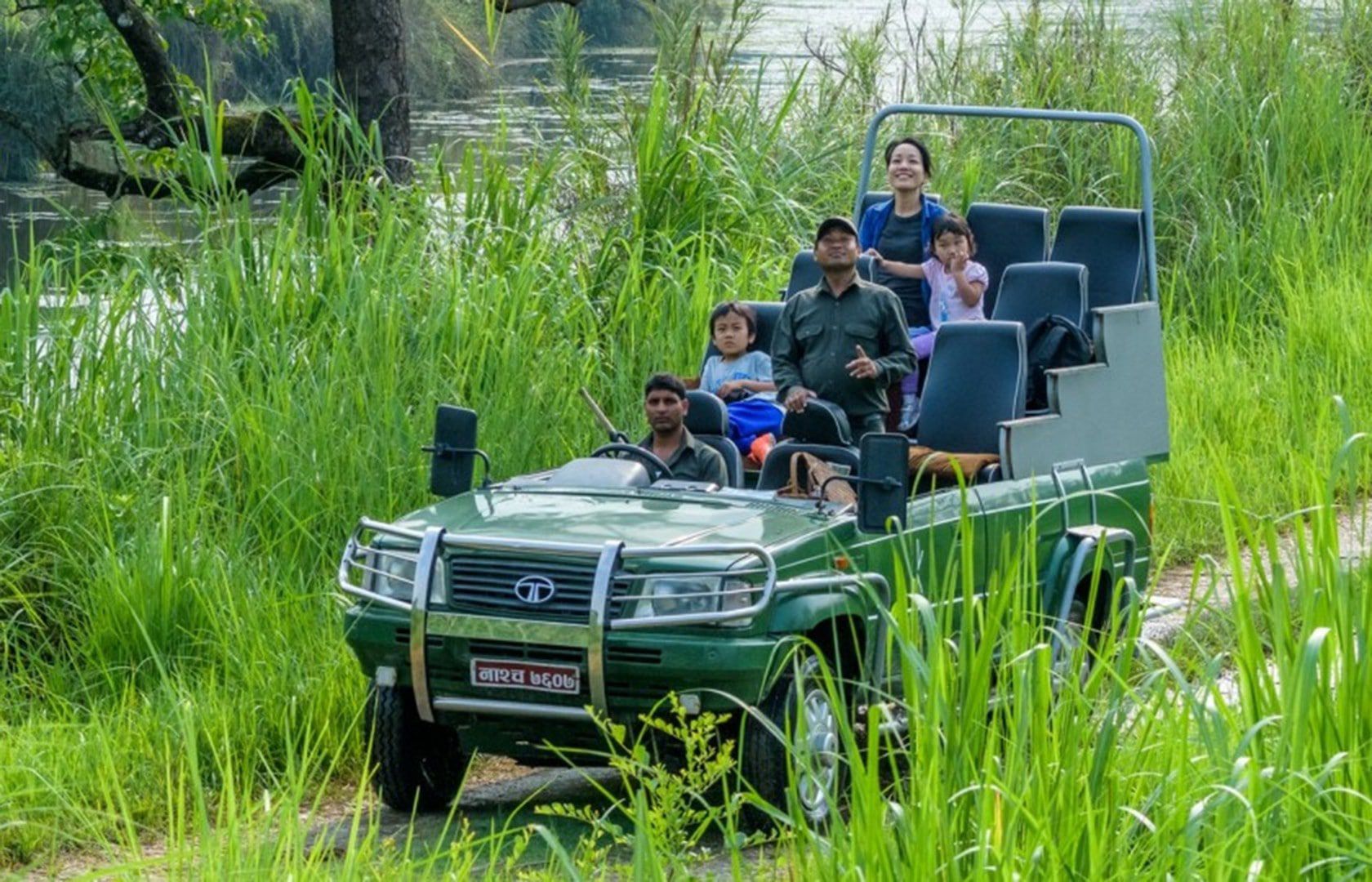 Nepal Adventure Tour – 7 days
Nepal Adventure Tour – 7 days
 Honeymoon Couple Tour in Nepal – 10 days
Honeymoon Couple Tour in Nepal – 10 days
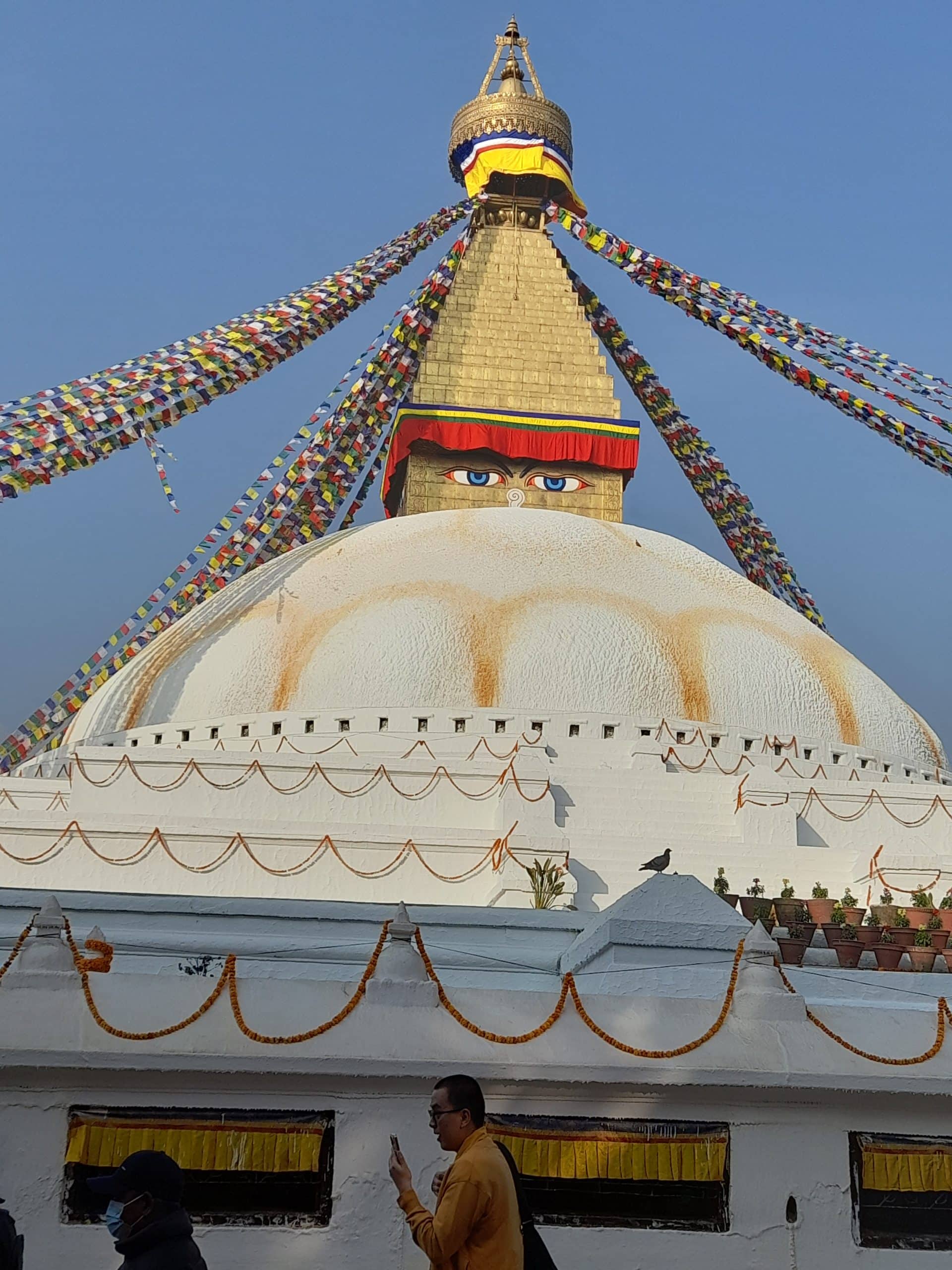 Kathmandu Short Valley Tour – 4 days
Kathmandu Short Valley Tour – 4 days
 Nepal Multi Cultural Tour – 6 days
Nepal Multi Cultural Tour – 6 days
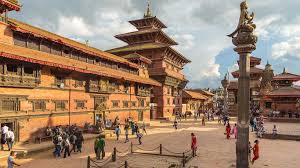 Kathmandu and Pokhara Tour – 6 days
Kathmandu and Pokhara Tour – 6 days
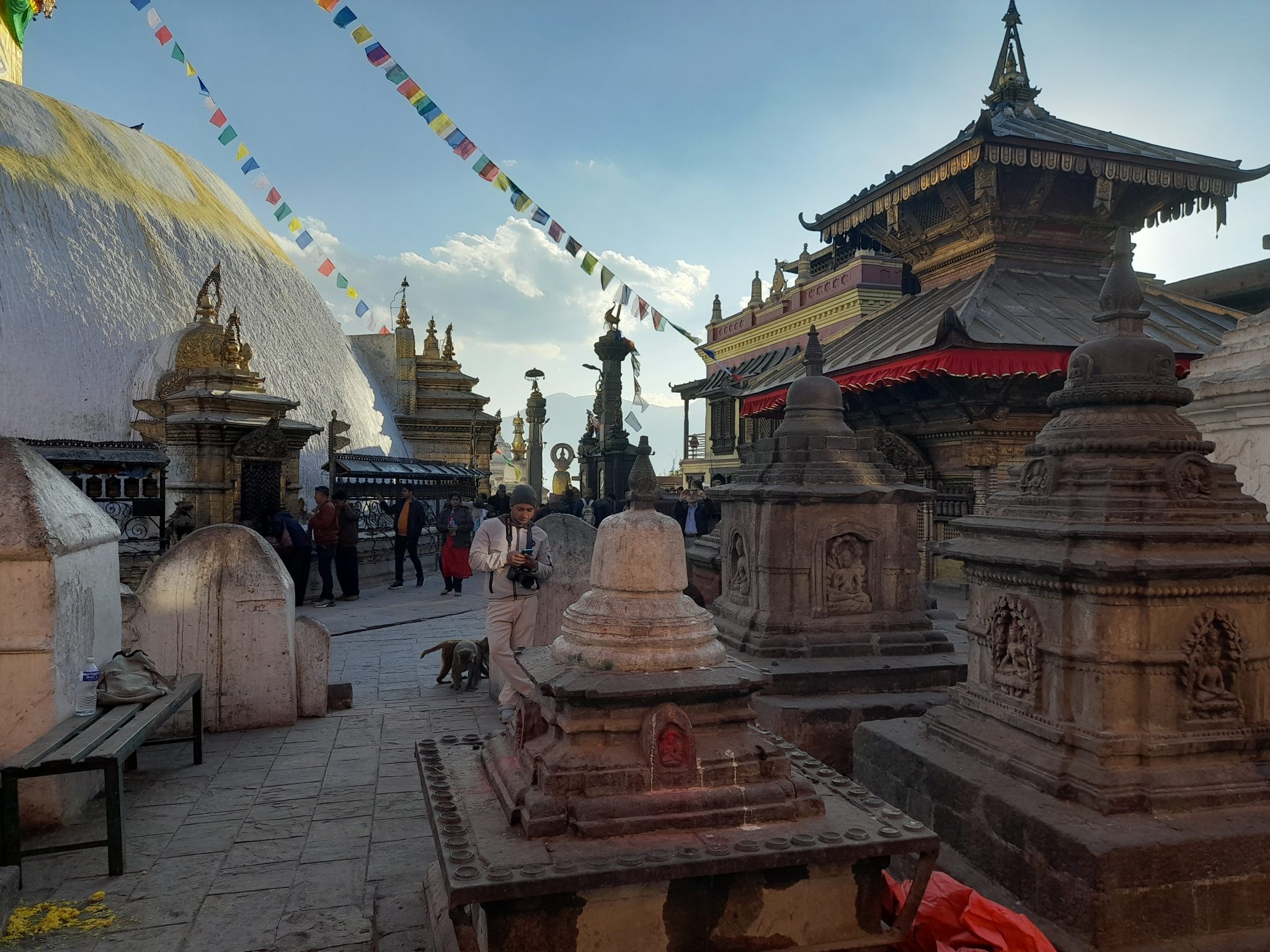 Nepal Culture and Safari Tour – 5 days
Nepal Culture and Safari Tour – 5 days
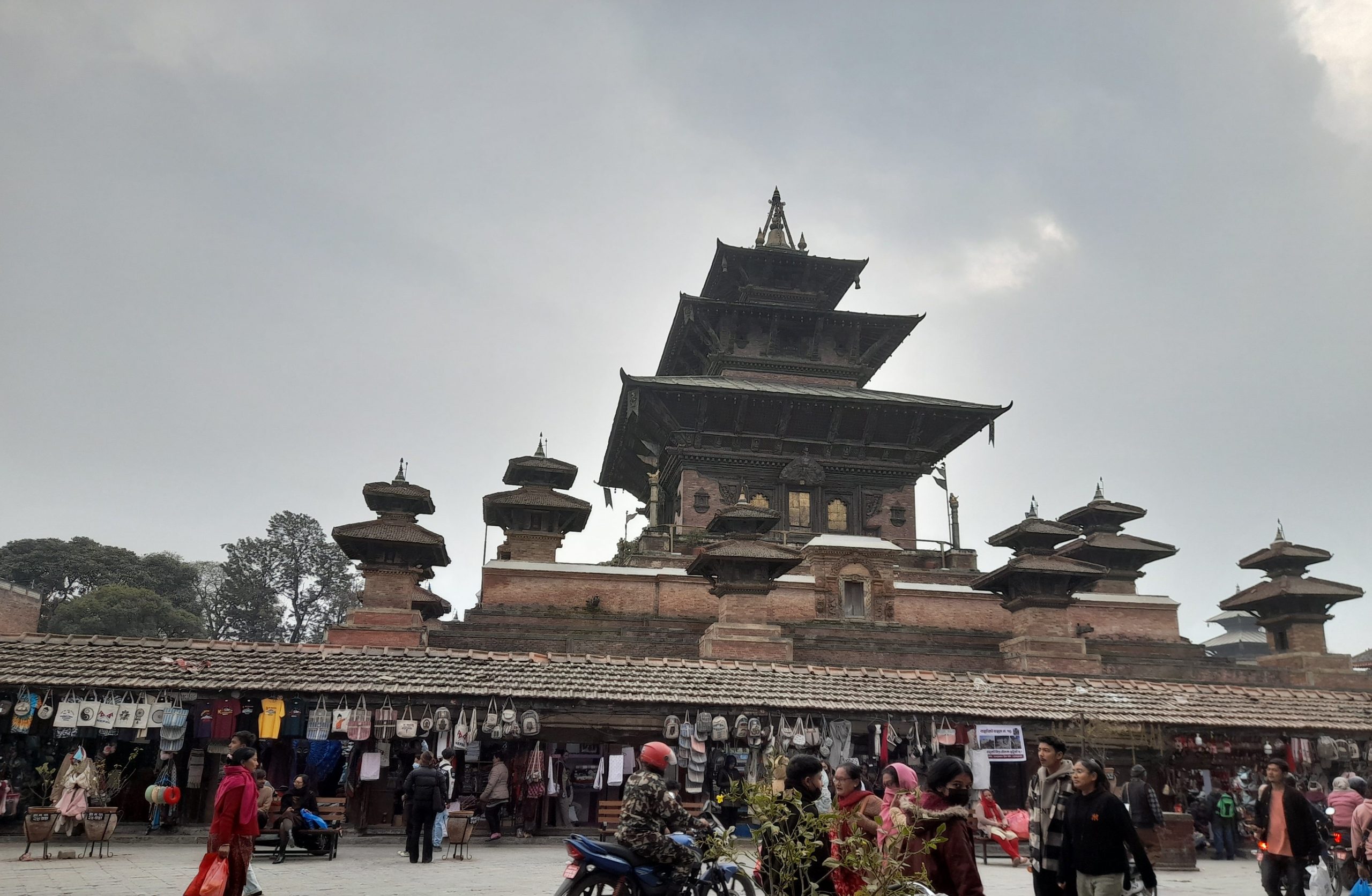 Hindu Pilgrimage Tour – 9 days
Hindu Pilgrimage Tour – 9 days
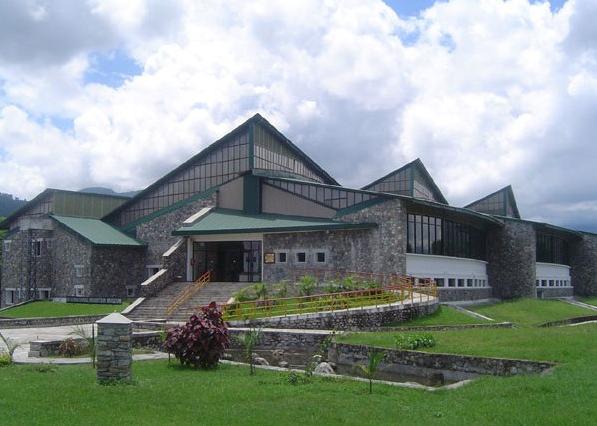 Nepal Exclusive tour – 9 days
Nepal Exclusive tour – 9 days
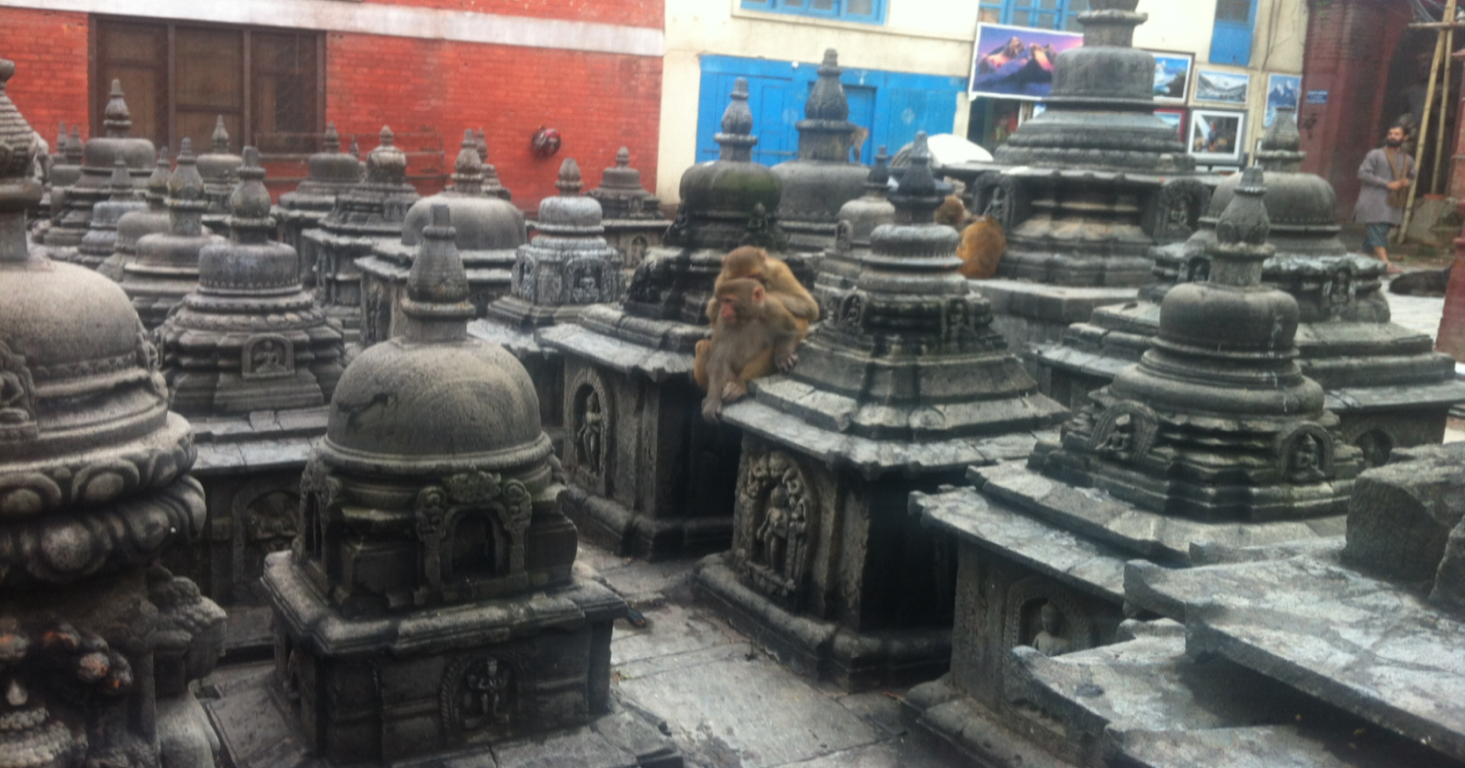 Nepal Golden Triangle Tour 8 days
Nepal Golden Triangle Tour 8 days
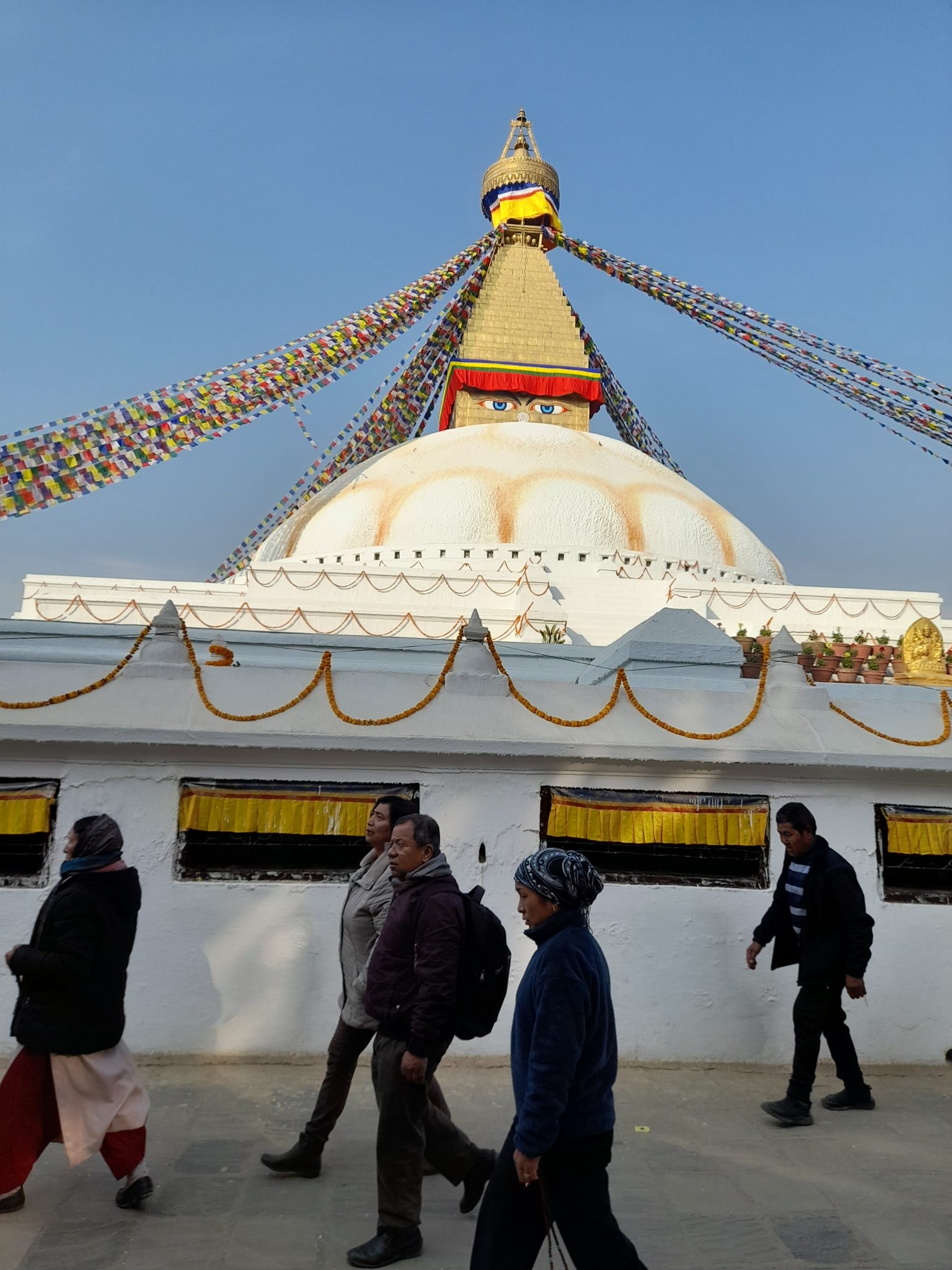 Nepal World Heritage Tour – 9 days
Nepal World Heritage Tour – 9 days
 Kathmandu Valley Tour – 6 days
Kathmandu Valley Tour – 6 days
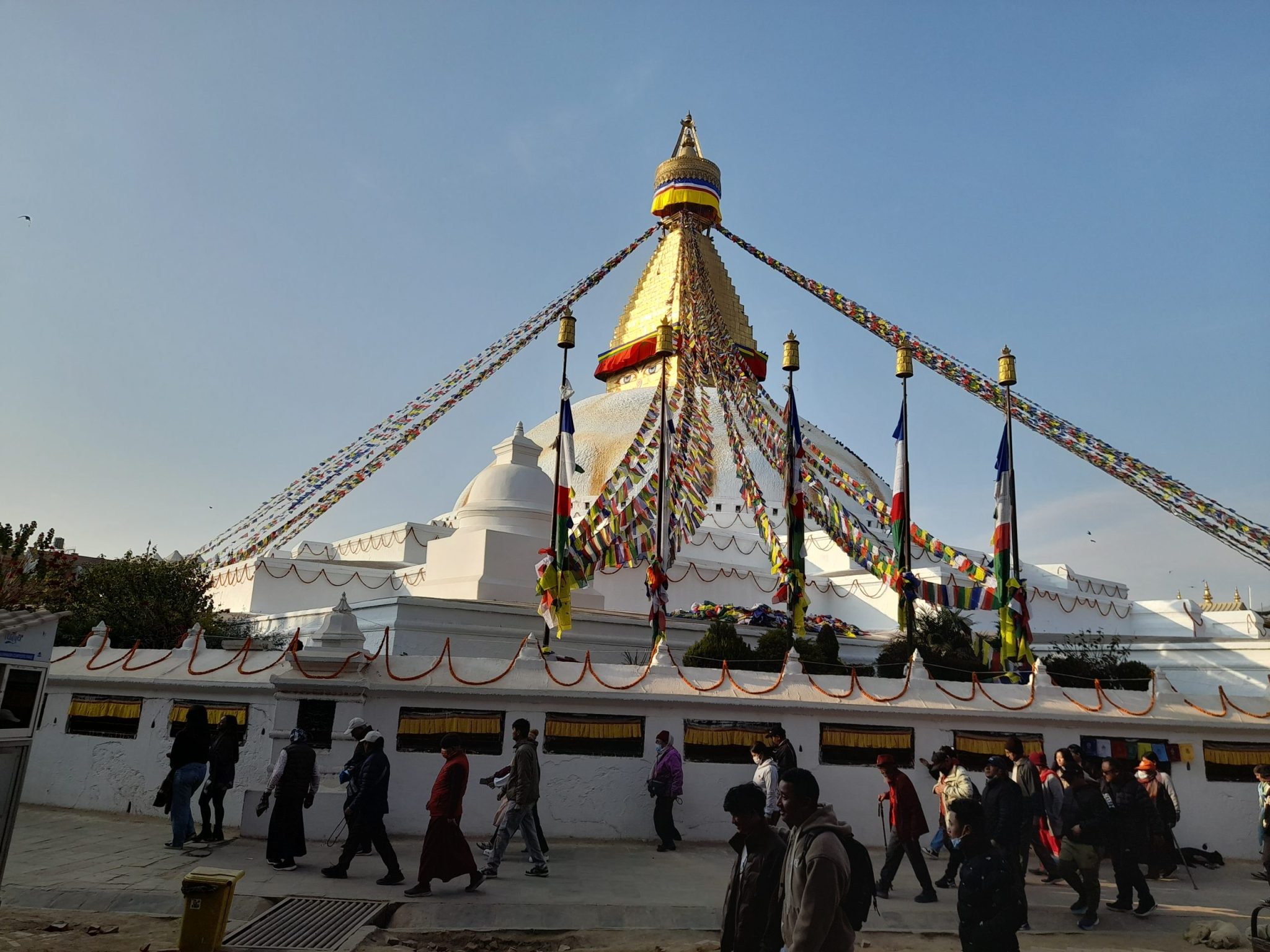 Nepal Buddhist Pilgrimage Tour – 7 days
Nepal Buddhist Pilgrimage Tour – 7 days
 Nepal Package tour – 12 Days
Nepal Package tour – 12 Days



